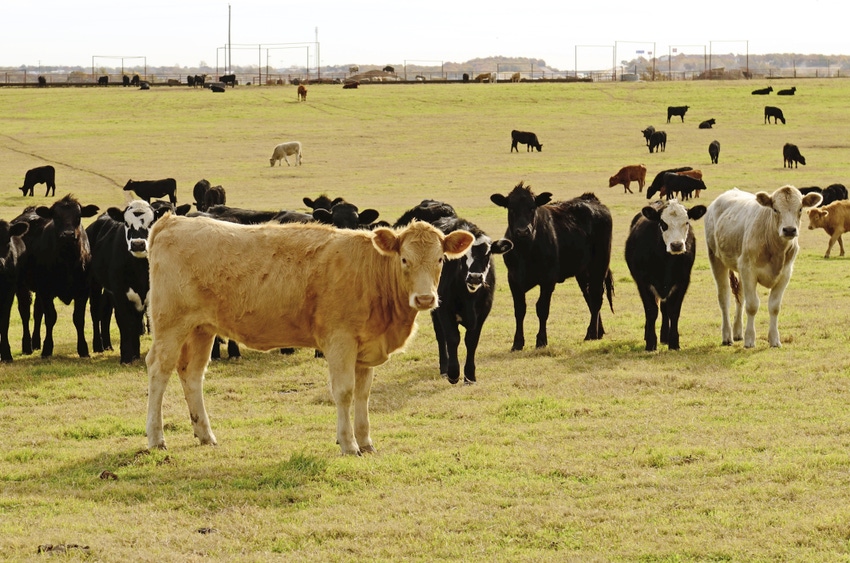Total cattle imports projected to be largest since 2012.
December 13, 2017

According to the Livestock Marketing Information Center (LMIC), the U.S. is on track to import more cattle from Mexico and Canada in 2017 than a year ago. Still, the imports are projected to be below levels seen in 2015.
LMIC said the vast majority of cattle imported from Mexico are feeder animals, but all types of cattle are purchased from Canada, including major categories of feeder cattle, slaughter steers and heifers and slaughter cows.
“Some of the feeder cattle purchased from Mexico go directly into U.S. feedlots, while others, especially lightweight animals, are put on U.S. pasture to gain several-hundred pounds before going into a U.S. feedlot,” LMIC noted.
Year to date (through mid-November), LMIC said about 185,000 more feeder animals had been imported than a year ago -- a 25% year-over-year increase.
LMIC projects that all 2017 imports will be about 1.16 million head, the largest since 2012.
“The Mexican cow herd has been growing in recent years, and that has combined with relatively strong U.S. calf prices to pull animals north,” it said.
U.S. imports of Canadian cattle are on a down-trend, according to LMIC.
“The Canadian cow herd has been stagnate the last two years and is dramatically smaller than it was 10 years ago (national beef cow herd down more than 1.2 million head, or 25%, during the last decade).”
So far this year, total U.S. cattle imports from Canada were down about 120,000 head versus the year before, a 17% decline.
LMIC projects that imports for the full year will be just over 660,000 head. Compared to 2016 levels, imports have been down 37% for Canadian feeder cattle, up 5% for slaughter steers and heifers and down 26% for cows and bulls.
Focusing on just feeder cattle imports, driven by more animals from Mexico, LMIC projects 2017 imports from both Mexico and Canada to be higher year over year, up about 16%. If realized, the total will be about 1.3 million head, which LMIC said is equivalent to 3.6% of the 2017 U.S.-born calf crop, as estimated by the U.S. Department of Agriculture in its midyear count. This is up 3.2% from 2016.
“For many decades, a significant number of Mexican and Canadian origin animals were grown on U.S. forages and in U.S. feedlots, but the source of those animals has been shifting more toward Mexico,” LMIC said.
You May Also Like

.png?width=300&auto=webp&quality=80&disable=upscale)

